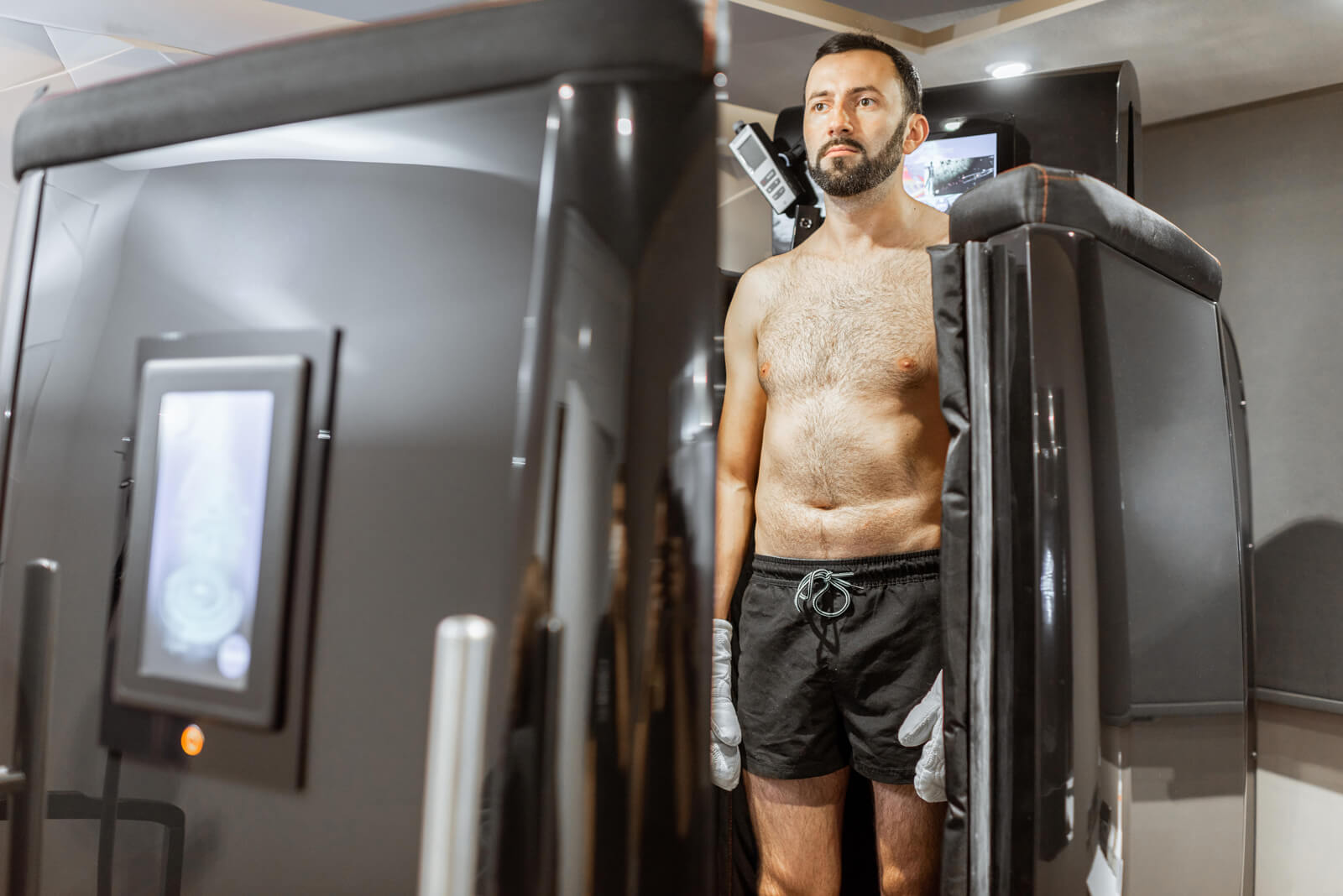Plyometrics—a type of movement involving the legs, core, or upper extremities—uses a quick, eccentric-concentric phase to harness elastic muscle properties while using neural drive to increase the number of active motor units, thus netting explosive power and acceleration.
The plyometric effect of conditioning is intended to help bridge the gap between strength and speed. Plyometric exercises increase the amplitude and velocity of movements by accentuating the eccentric phase of muscle contraction. They also stimulate more intense demands on the neuromuscular system and the stretch-shortening cycle, thereby stimulating the development of faster, more efficient coupling mechanisms in the body to net powerful concentric contractions (Baechle & Earle, 2000).
The body needs movement, balance and strength to work in concert to produce skillful performance. Only an integrated training approach that encompasses all of these characteristics will truly maximize the potential of the human machine. Plyometric training offers high-risk, high-reward exercises and should never be implemented simply for novelty.
Baechle, T., & Earle, R. (2000). Essentials of strength training and conditioning (3rd ed.). Champaign, IL: Human Kinetics.






